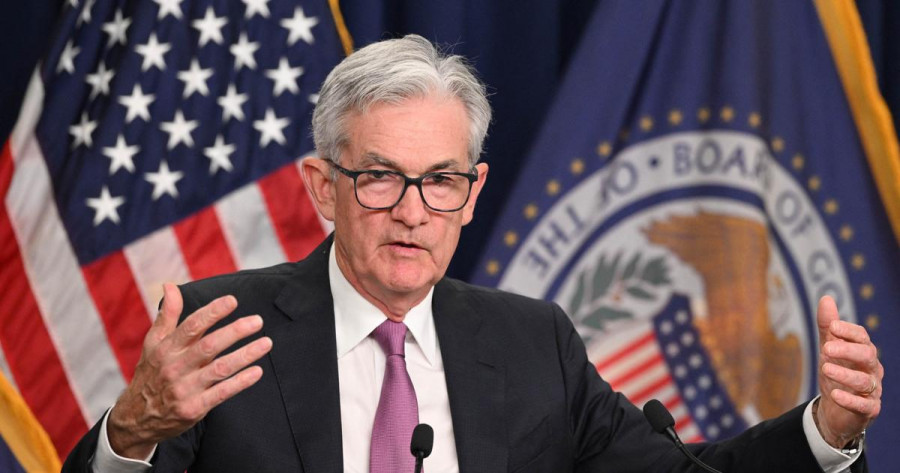
As was to be expected, Jerome Powell stated yesterday that the Federal Reserve would continue to tighten monetary policy to combat inflation, providing officials greater flexibility on future steps in the face of an intensifying economic downturn.
According to the outcomes of the two-day committee meeting, the legislators hiked the key rate by 75 basis points to 2.5% and declared that they anticipate a steady increase in the future. Most likely, it was the word "gradual" that buyers of risky assets who were anticipating this remembered. The Fed's future behavior is still uncertain; it depends on the August statistics that will be released this year. There were no instructions regarding the future of interest rates and the best course of action for investors. Powell stated, "Another substantial increase may be necessary at our next meeting, but this decision will rely on the statistics." "The labor market is extremely hot and unstable, and inflation is still too high for policy tightening to be slowed down."

As I've stated numerous times, the Fed is attempting to control the highest inflation of the past four decades. Powell is attempting to demonstrate, by adopting a more aggressive policy stance, that the Fed will continue to raise interest rates until prices stop increasing and return to a more acceptable level. However, this technique increases the likelihood of an economic recession. Now its offensive is 50/50, and while the Fed's instruments are potent arguments, any tightening policy during a crisis makes it more susceptible.
The markets are evaluating a more favorable cycle of further rate hikes than the Fed's own June predictions, which, according to Powell, were the best current indication of how policymakers view the future of monetary policy. Investors are speculating that the cost of borrowing will peak this year at 3.3% before the Fed begins a gradual drop in 2023. Officials forecast in June that rates will be 3.4% by the end of the year and 3.8% by December 2023.
"We can see that there are hazards on both sides. You can do too much and produce a deeper economic downturn than necessary. The risk of doing too little is that the economy would continue to experience persistently high inflation for many years, which will only increase costs," Powell added. In addition, he stated that the committee's plans did not anticipate an economic slump and that vigorous action must continue to reach the inflation objective of 2 percent. Before prices can stabilize, unemployment must increase, and the economy must slow down.
The market's pessimism is fueled by rumors of an imminent recession, which are fueled by the anticipation that today's US GDP data for the second quarter would show sluggish growth, as well as projections of a decrease in the profits of large retailers. Some analysts remark that the markets interpreted Powell's press conference too narrowly and that the Fed's focus remains on managing inflation, even if it comes at the expense of employment, which is the other part of the Central Bank's congressional mission.
In any event, the demand for risky assets sustains expectations of a more cautious and dovish approach to future monetary policy. However, I would not expect it to persist for a very long time, especially given the imminent recession in the European and British economies.
As for the euro's prospects, there has been consolidation at the level of 1.0170, and attention has gone to the nearest resistance at 1.0220. Going over this range will give purchasers of risky assets confidence, creating a clear path to a maximum of 1.0273, which will determine the continuation of the July 14 upswing. A breakdown of 1.0273 will allow for the potential revaluation of 1.0320 and 1.0370. In the case of a decrease in the euro, buyers must demonstrate activity near 1.0170; otherwise, the pressure on the trading instrument will intensify. Having missed 1.0170, you can abandon all aspirations of a rebound, which would open the door to 1.0130 and 1.0090. A breach of this support level will probably raise the pressure on the trading instrument, allowing for a potential return to 1.0040.
Today's most crucial thing for the pound is maintaining its support at 1.2140. In the event of a breach of this range and a bigger higher advance of the pound, a retracement to 1.2080 and a return to 1.2030 can be anticipated. To bolster their positions, bulls must surpass 1.2200. A breach of this range will return the pound to 1.2260 and 1.2330 with relative ease. The farthest objective will not exceed 1,240 kilometers.